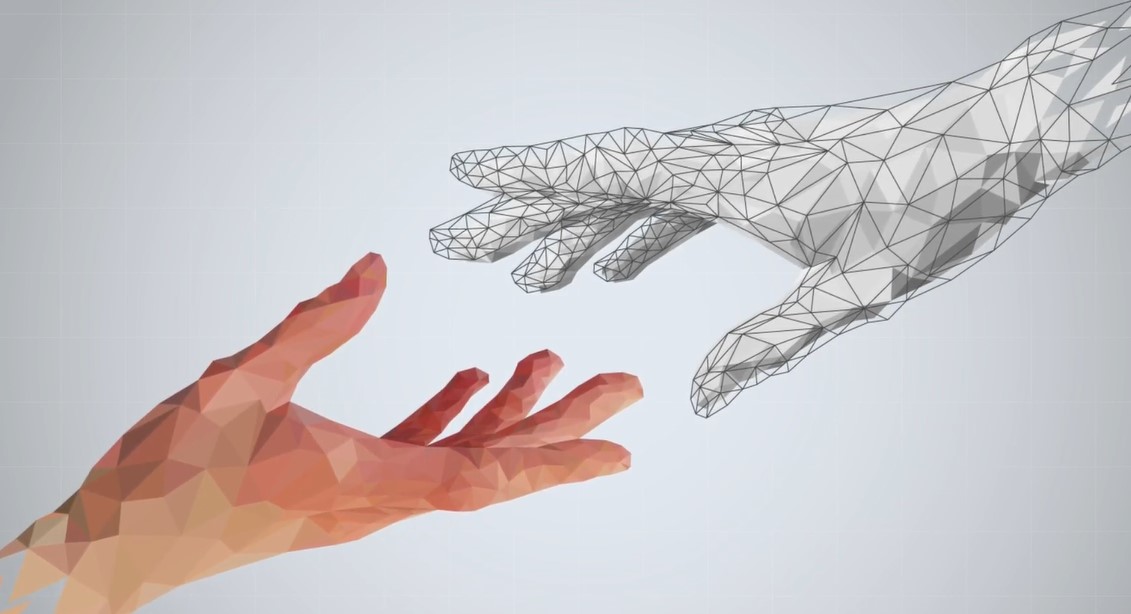In the field of business theory, disruptive innovation represents the process of introducing a new technology, product, or service that can create a new market or penetrate an existing market at the bottom segment, ultimately affecting and transforming established companies, products, and alliances. This concept, popularized by American scholar Clayton Christensen and his collaborators starting in 1995, has had a significant impact on how we understand changes in business and technology.
Types of Innovation According to Clayton Christensen:
- Sustaining Innovation – an innovation that does not significantly affect existing markets. It can be either:
- Evolutionary – an innovation that improves a product in an existing market in ways expected by customers (e.g., fuel injection for gasoline engines, which replaced carburetors).
- Revolutionary (discontinuous but sustaining) – an innovation that is unexpected but does not affect existing markets (e.g., the early automobiles in the late 19th century, which were expensive luxury items and, as such, were sold in very small numbers).
- Disruptive Innovation – an innovation that creates a new market or enters at the base of an existing market by providing a different set of values, which ultimately (and unexpectedly) surpasses established competitors (e.g., Ford’s affordable Model T, which replaced horse-drawn carriages).
These categories of innovation, according to Christensen, are essential for understanding how new technology and products can change the landscape of markets and affect existing businesses. Sustaining innovations bring gradual improvements, while disruptive innovations can emerge as an apparently unexpected force capable of completely disrupting the industry status quo.
In the context of artificial intelligence (AI), disruptive innovation can take interesting forms. For example, companies developing disruptive AI technologies can bring solutions to market that initially target less profitable customer segments or create entirely new markets where AI can offer significant benefits. These AI technologies can provide different sets of values compared to existing offerings and can begin to attract customers as they evolve and improve.
Furthermore, disruptive innovation based on artificial intelligence can be introduced by AI startups and entrepreneurs who may not be constrained by existing business models and can approach problems with a fresh mindset. These approaches may require long-term development and involve significant risks, but once implemented in the market, they can gain rapid penetration and have a significant impact.
In an ever-evolving technological world, disruptive innovation and artificial intelligence (AI) intersect to transform how businesses and the tech industry operate.
Let’s explore in more detail how these two concepts combine to generate significant changes:
Market Segmentation through Artificial Intelligence: In the AI context, disruptive innovation can start by segmenting the market using AI technologies. This means that instead of directly competing with existing products or services, companies can use AI to identify untapped market niches or segments with less demanding requirements and develop AI solutions tailored to these needs. For example, an AI-based voice assistant might initially target the basic needs segment of users and then improve its performance to attract a broader market.
Added Value of Artificial Intelligence: Disruptive innovation through AI involves offering a different set of values, often based on the unique capabilities of AI technologies. These values can include increased efficiency, personalized services, or the ability to solve complex problems using machine learning algorithms. While these values may not be fully appreciated by existing customers initially, they can become an attractive factor as the technology evolves.
The Role of Startups in AI Transformation: In many cases, startups and AI entrepreneurs are the ones bringing disruptive innovations to market. They are not constrained by existing business models and can address problems with innovative AI approaches. For example, startups can develop specialized AI virtual assistants for the medical industry or create AI solutions for agriculture that optimize production. These approaches may involve long-term development and risks, but they can successfully disrupt existing markets once implemented.
Irreversible Business Model Transformation through Artificial Intelligence: Disruptive innovation in the AI context is not limited to just new products or services; it can also include the transformation of the business model itself. Companies can use AI to completely redefine how they operate. For example, a retail company can use AI to create a business model based on personalized offerings for each individual customer, fundamentally changing how the market is approached.
Balancing Risks and Benefits: Disruptive innovation based on AI can involve significant risks, such as security and ethical issues. However, it can also bring significant benefits, such as improved operational efficiency, cost reduction, and increased profitability.
In conclusion, disruptive innovation in the context of artificial intelligence involves bringing innovative AI technologies to market that can change the game, either by addressing a new market or by transforming undervalued customer segments, and can have a significant impact on existing industries and businesses. It’s a complex process unfolding in an era where artificial intelligence is becoming a key force in technological development.
Companies that understand how to harness AI for disruptive innovation can have a significant impact on the business world. However, this process requires a deep understanding of AI technology, the market, and customer needs, as well as a strategic and adaptable approach to remain relevant in a constantly changing world.
Information
sources: Wikipedia, CorpQuants. Article conceived and created with ChatGPT,
adapted from CorpQuants.



